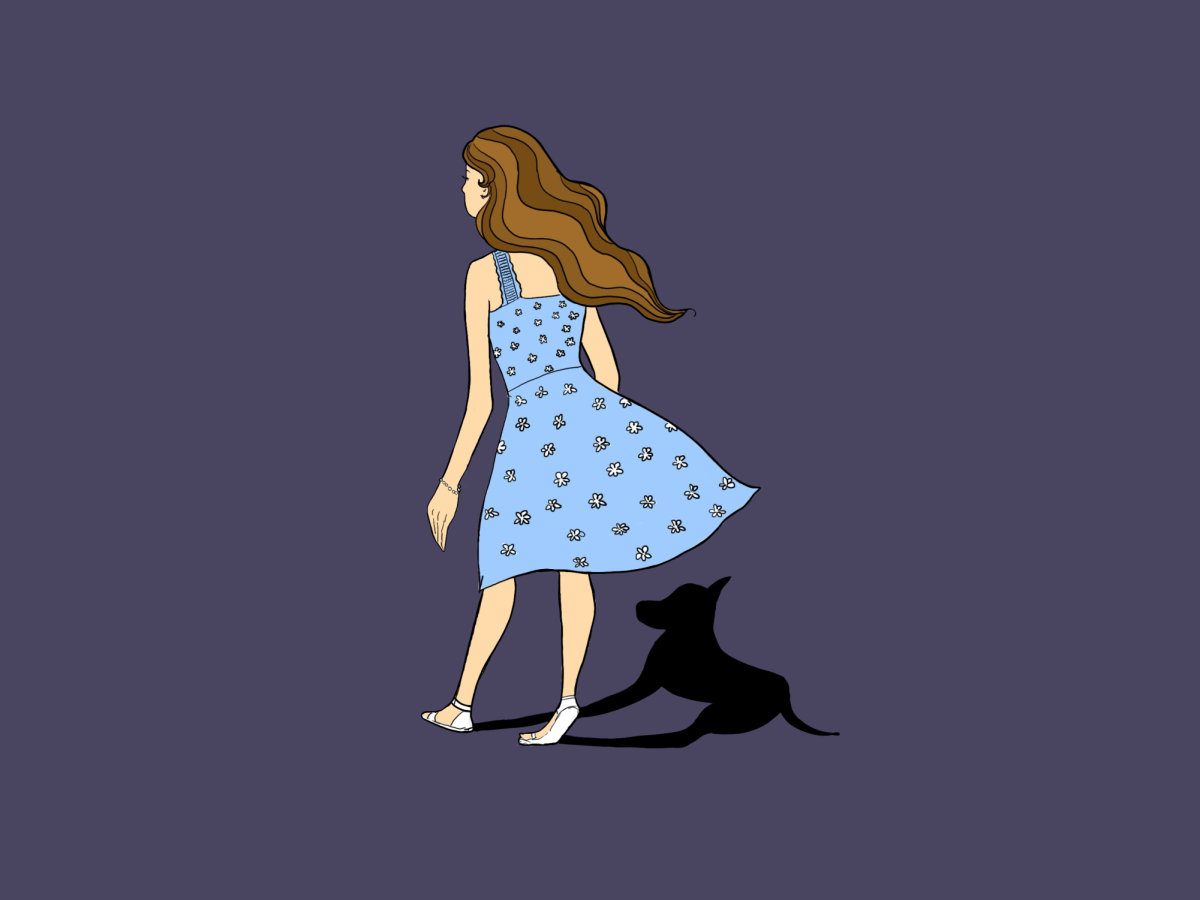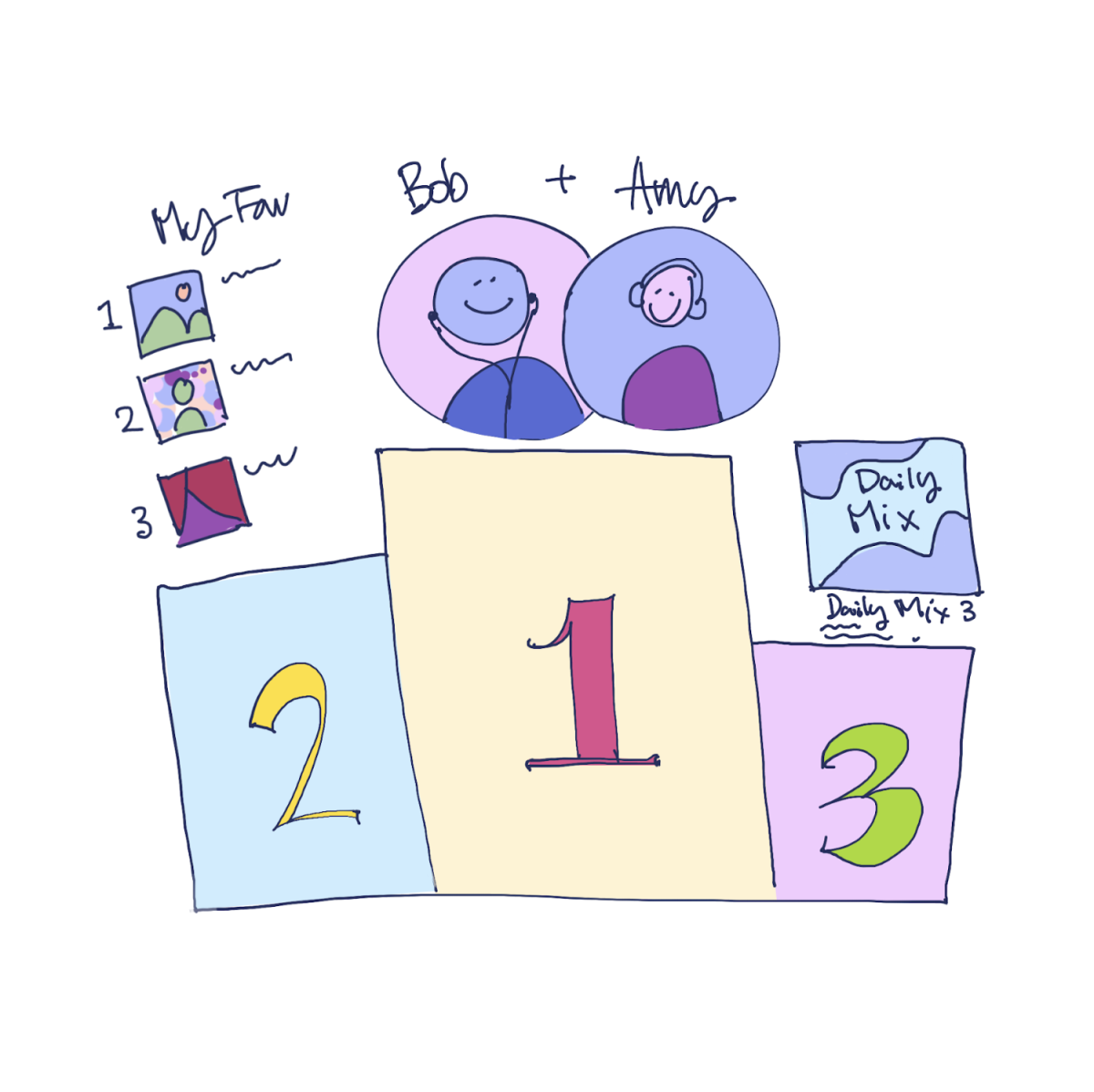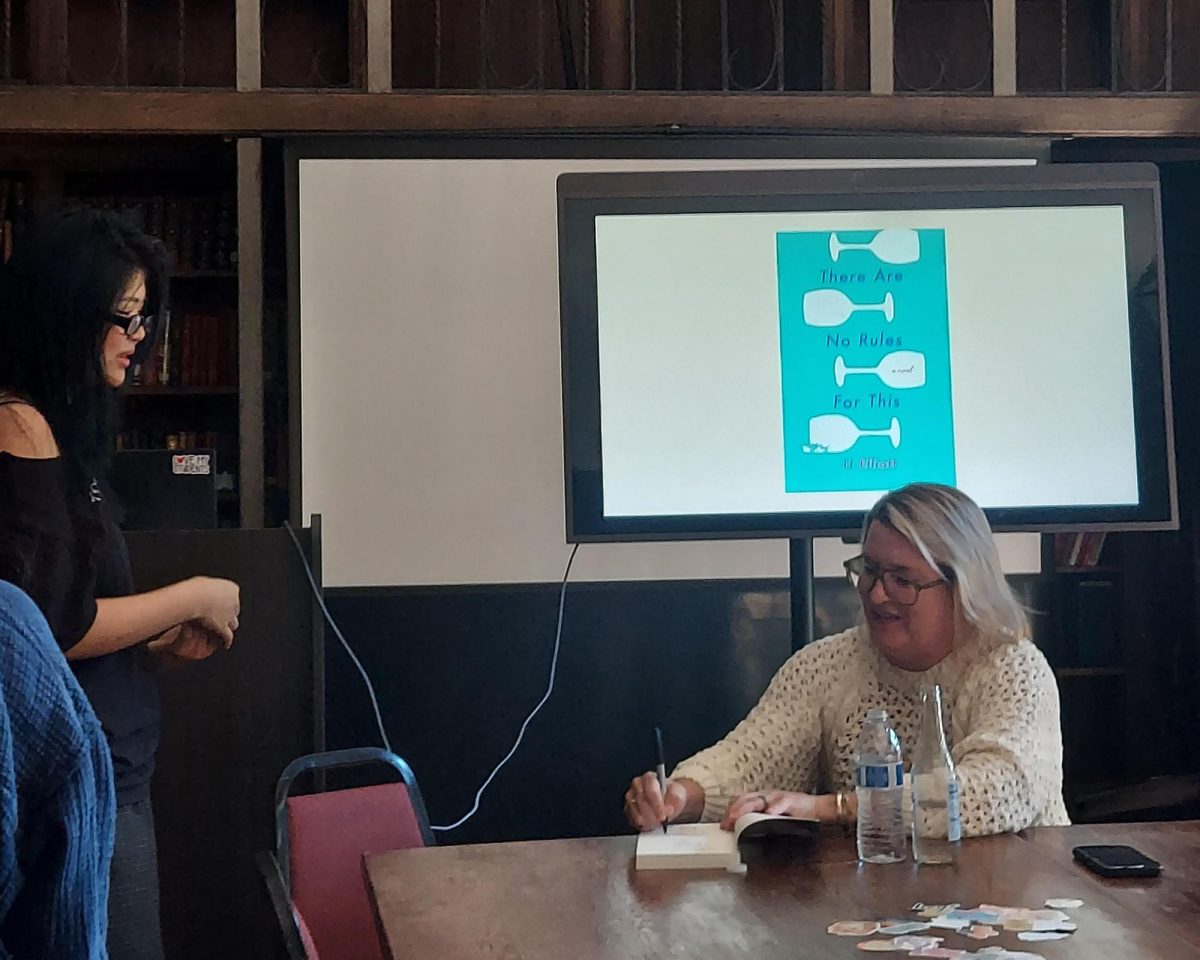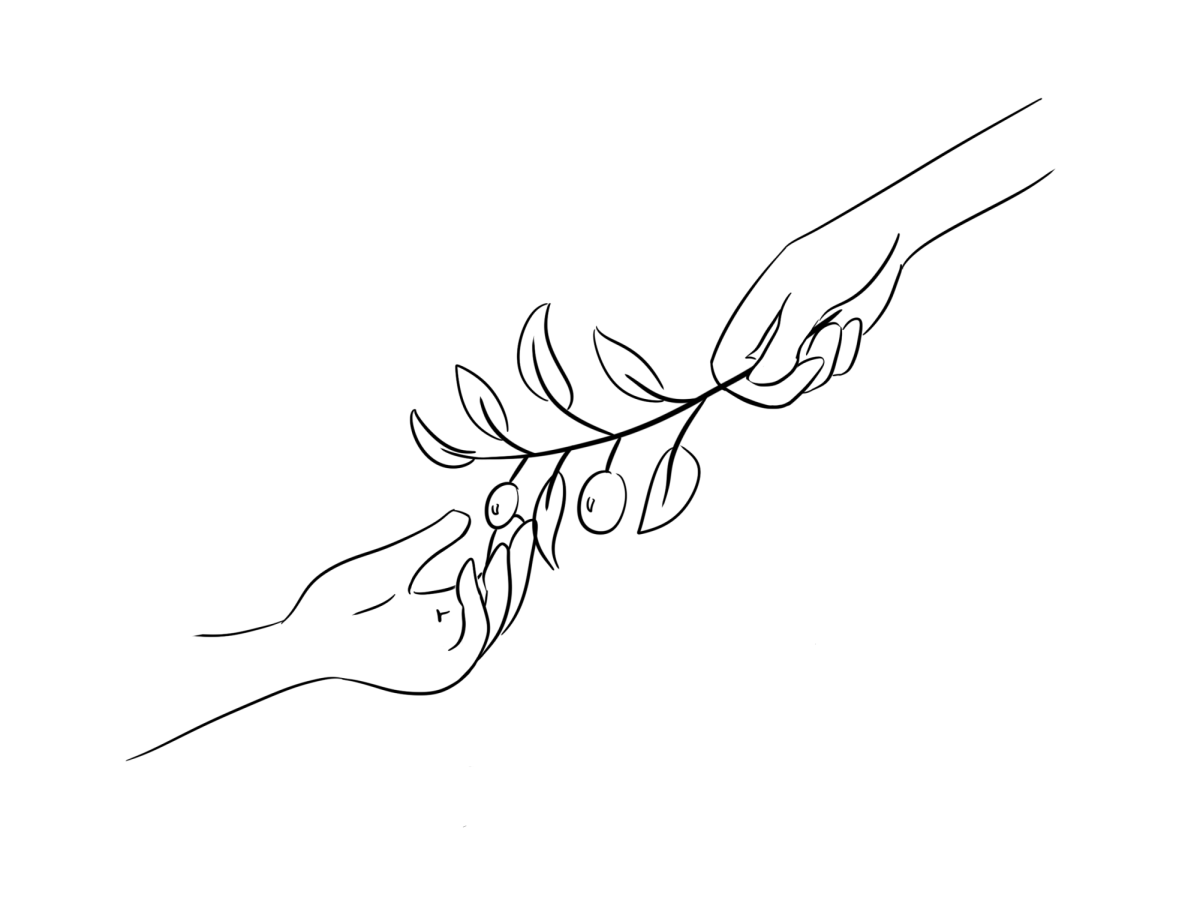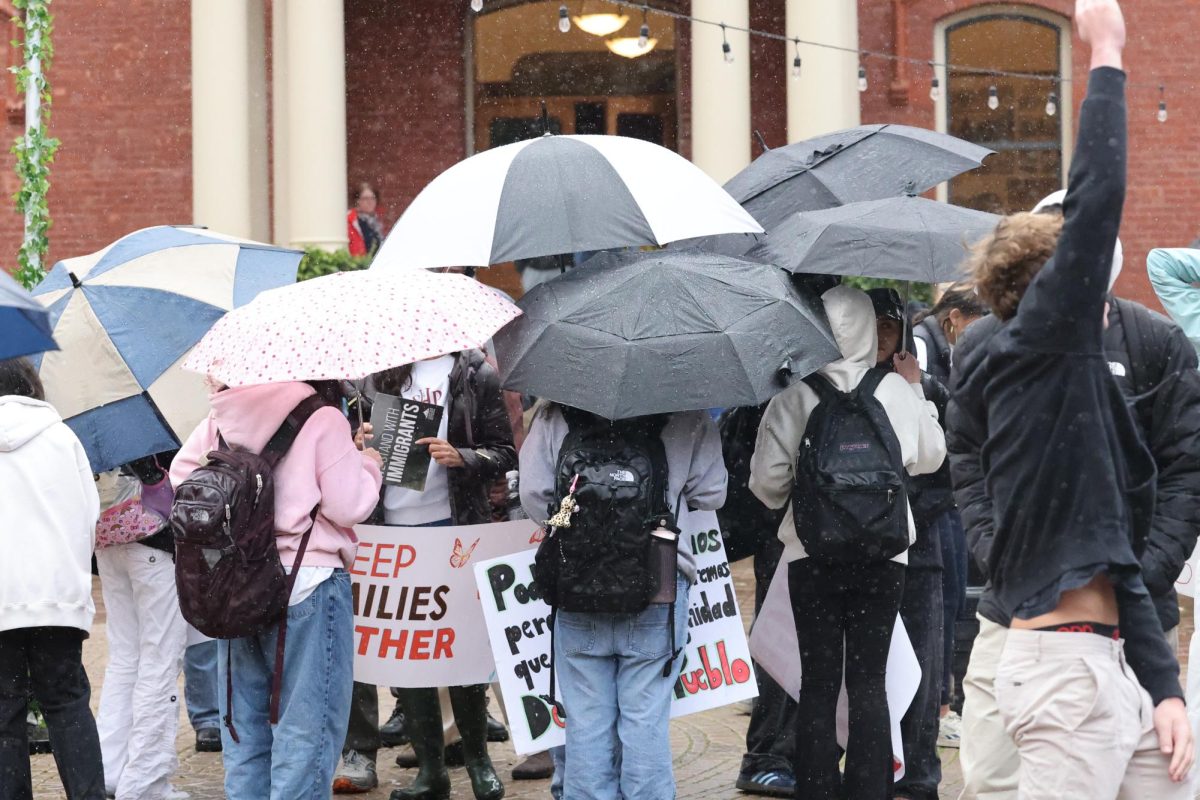In The Hounding, her striking June debut, Xenobe Purvis reinvents the witch-hunt narrative for a moment when superstition is supposedly waning, and yet, fear, gossip, and misogyny remain potent. Set in 18th-century rural England, in the fictional village of Little Nettlebed, Purvis crafts a haunting parable of difference, power, and female agency that highlights familiar tropes in a fresh and imaginative way.
The Hounding concerns the Mansfield sisters—Anne, Elizabeth, Hester, Grace, and Mary—who live with their nearly blind grandfather, Joseph Mansfield, on the outskirts of town. Orphaned for several years and having just lost their grandmother, the sisters are already outsiders by virtue of their upbringing, their quiet retreats, and their refusal (or inability) to conform to daily expectations of female behavior. Their pattern of living without a male escort, speaking little to villagers, walking the lands alone, and otherwise being “odd” opens them to suspicion. When Pete Darling, the local ferryman, claims to see them transform into dogs, a rumor spreads—of barking, sightings of howling, and transformations under the cover of the night.
The novel is told via multiple perspectives: the sisters themselves remain enigmatic, rarely given direct voice, while others in Little Nettlebed, including Pete Darling, the farmhand Thomas Mildmay (who becomes involved with Anne), Temperance, the innkeeper’s wife, Robin Wildgoose, and Joseph Mansfield, each offer their own angle on what they believe and what they fear. By shifting point of view, Purvis encourages the reader to wrestle with what is real—are the transformations supernatural? Delirious illusions? Misinterpretations born of drunkenness, heat, or social pressure? It is in that ambiguity that the novel’s power lies.
The setting itself functions almost like a character. The summer drought, the drying riverbed, animal carcasses washing ashore, ravens gathering, and the unnatural odors of decay and heat all combine to create an atmosphere heavy with dread and suspicion. As the land dries and tensions rise, the community’s fragile structures of civility and morality begin to crack. Little Nettlebed becomes a place where social failures are projected onto the Mansfield sisters, and difference becomes dangerous.
Purvis acknowledges her historical sources: the rumor of girls in early 18th-century Oxfordshire who “barked like dogs,” a brief medical report by a doctor, local customs, and odd tales of unnatural events. But The Hounding is not strictly historical reconstruction. It is imaginative, symbolic, asking which communities are unwilling to accept those who refuse passive roles. Purvis positions her narrative in the tension between “enlightened” thought, as some villagers doubt and grapple with the accusations, lingering superstition, and misogyny.
One of the central themes the novel raises is how society polices women and girls, in particular those who do not adhere to expectations. The Mansfield sisters’ very existence becomes a provocation: their lack of chaperones, their freedom, their closeness, their silence, their mourning—all are read as signs of threat or moral failing. When the accusation of transformation comes, it is layered: it is about the fear of the unknown, about male frustration and control, and about how rumour can become a weapon. Anne’s sober reflection, “It has nothing to do with the idea of us becoming dogs, and everything to do with the fact of us being girls,” strikes at the heart of the novel’s indictment.
For all its strengths, The Hounding is not without its flaws. Secondary characters are less fully realized than the sisters themselves; with multiple narrators, certain voices tend to blur or lapse into archetypes. The sisters themselves, while central, remain mysterious—this is largely intentional, but makes them feel emotionally distant at times. The ending, too, leaves threads unresolved. The ambiguity is powerful, but for those seeking closure, certain plot strands may feel abrupt or unsatisfying.
Yet, perhaps, those imperfections are part of what makes the novel more compelling. Purvis does not offer tidy morality or simple answers. Instead, she invites the reader to sit in uncertainty: what truth remains when witness accounts conflict? When does belief become more real than fact? What happens when identity is shaped by how others see you rather than how you see yourself?
In many ways, the novel brings to mind Jeffrey Eugenides’s The Virgin Suicides, another story of sisters seen from the outside, shrouded in rumor, desire, and myth. Like the Lisbon girls in Eugenides’s novel, the Mansfield sisters exist partly in the imagination of their community, defined less by their own words than by the projections and fears of others. The result, in both novels, is a study in how female identity is constructed by collective narrative—stories that alternatively sanctify, vilify, and erase. Where Eugenides explored suburban longing and repression in 1970s America, Purvis anchors her tale in superstition and rural tradition, but both works underscore how communities consume and distort the lives of young women, leaving readers to grapple with the gap between image and reality.
The Hounding is not a book about witchcraft (although that spectacle looms large), but about what it means to live as a woman—or a group of women—in a world that prizes conformity and punishes deviation. It is about the cost of refusing silence, of maintaining identity under suspicion. And it is about how collective fear amplifies cruelty, how a community can turn on its own when it cannot tolerate difference. For readers who love atmospheric novels and stories about those who refuse to vanish, The Hounding is a remarkable debut not to be missed.


